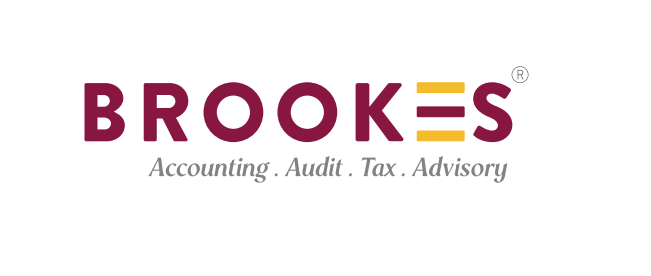Companies started using the terminology ‘transformation’ several years ago, before that, they were using ‘improvement’.
So what is transformation, transformation is a complete and significant change, it is a radical, revolution in a main area or in the entire organisation. This may include a major shift in the work culture, leadership style, business strategy, processes, systems and it could also extend to the human resources. Transformation could be a complete re-engineering of the business model or a series of strategic, incremental, changes that radically improve the business model.
Successful organisations need a forward-looking strategy that requires re-acting to the every changing environment. However, what is better for organization, a gradual change, which could be better managed as a process improvement, or a seismic step that is indeed transformational.
Well, the effort to run a true transformational program, with support from all levels in the orgnisarion and strong change management process is extensive and can be a major distraction and disruption for an organisation. If the organisation is not operating in an environment that requires and allows the business to transform, and instead they can achieve their goals by a steady process improvement, this would be a better path to take. However, in the last 10 years many organisations, no matter how large or small, and whatever sector they operate in, have been transforming and changing. Transformational programs are being experienced everywhere as a response to the world that continues to evolve and change.
Transformation vs. Digitisation
A misconception is that transformation is the same as digitisation. Digitisation can be a catalyst for transformation. It can be an important aspect, but it is only one component. If an organisation digitises a process on its own it can simply be changing an inefficient process. There may be a short-term gain from this, but it does not, of itself, represent transformation as there is no strategic advantage gained from the activity.
Digitisation may well be a core enabler, but it needs to be accompanied by investment in the culture of the organisation and the ways of working. The delivery of effective transformation is a combination of technical change; process change and cultural change. Organisations need to understand how they communicate and present their initiatives to the market.
Digitisation is the conversion of something that is non-digital, such as paper-based records, to digital formats, for example, scanning a document to create a PDF or entering notes into a document or collaboration tool.
Digitalisation is the process of taking the digital information that has been created and improving the business process and then using the information in an electronic format. For example, a ticket for the theatre or museum can be made available in a digital format but the process allows the price of ticketing to change automatically in line with demand, customer bidding or time of day. Equally, an invoice can be received electronically and entered into an accounting system using automation.
Digital Transformation is the transformation of the business processes to use the digital technologies fully. The aim is to improve efficiency and seek other opportunities, such as monetising the digital media or using entirely new processes. Transformation represents the integration of people, process and technology in using the data.
Organisational Transformation reflects the change across the organisation, which is not only driven by technology, but in which the digital imperative is a component.
Transformational Cost
When organisations undertake transformation exercises, they expect to be able to determine the exact costs and benefits. This is a challenge as by the nature of the activity the parameters will change during the life of the project. This is a risk that organisations need to be willing to accommodate. This creates a driver to put procedures in place to control the costs, which is often counterproductive in enabling the organisation to respond to the strategic challenges that it faces.
Transformation roadmap
There is no one roadmap fits all; however the following model gives a summary of a typical transformation flow. In reality, each transformation will adapt its own pathway, depending on the business issue and value being addressed.
Finance in Agile World
Finance has to transform its role before it can play an effective role in organisational transformation. Finance needs to have a clear vision of its purpose in the organisation. The view that finance exists solely to be the financial scorekeepers will not enable it to play an effective role in the future organisation. Finance has three roles, the recorder of transactions, the management of compliance and risk and the deliverer of data and insight. These insights are increasingly forward looking. Without the clarity on its role finance cannot credibly influence the shape of the organisation and the data flows to ensure that they meet their needs, as well as the needs of others.
For more information about the transformation please contact us.


